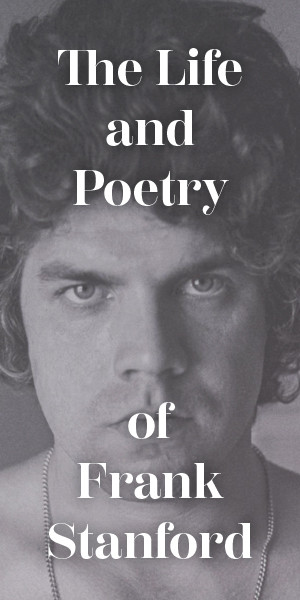Inside Rice University’s 2025 UFO Conference
Close encounters of the academic kind at “Archives of the Impossible” in Houston
By Will Clarke
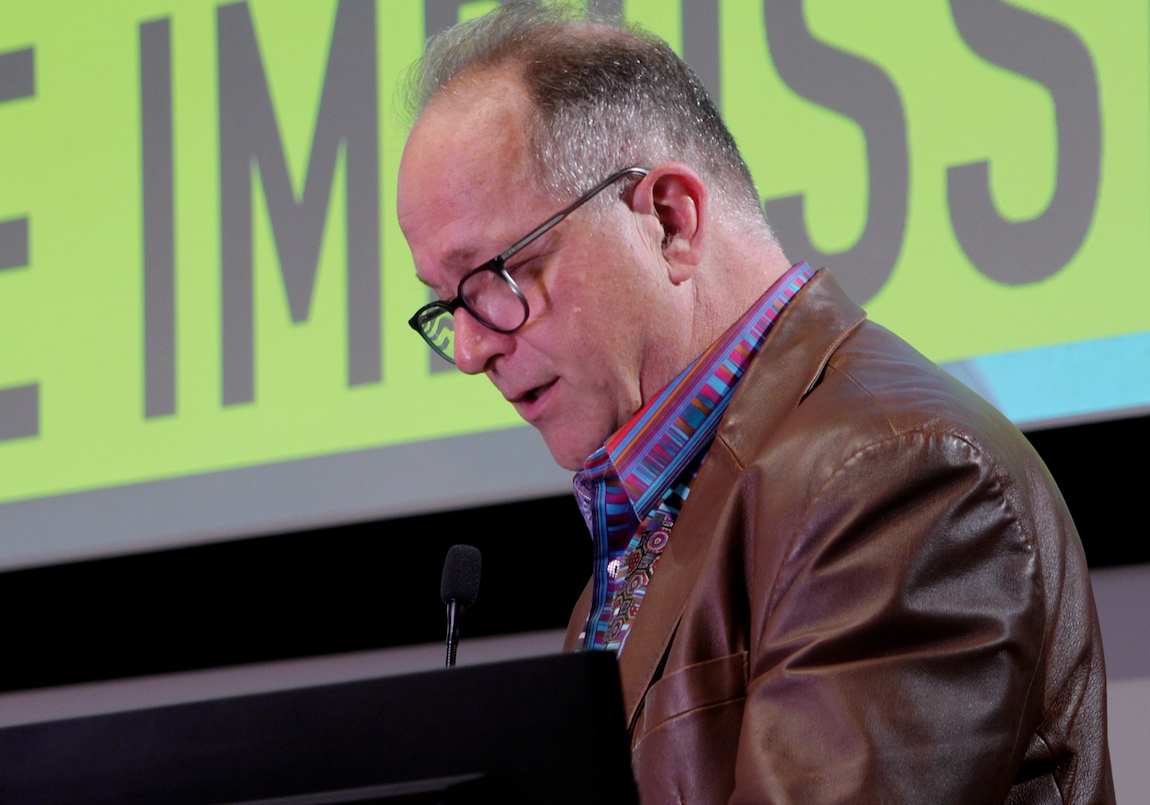
Dr. Jeffrey Kripal presenting at the 2025 “Archives of the Impossible” conference, Courtesy of Rice University
I have a complicated relationship with UFOs. I talk about them incessantly, and yet I am profoundly annoyed by most people who talk about them professionally. (See: every cold-plunging, ayahuasca-sipping podcaster in the Rogan-verse.)
I’m not like Mulder from The X-Files. I don’t want to believe. But I do. (Though maybe “believe” is the wrong verb here.)
I know.
I know there is more than life on this small, moist planet. Maybe it’s because I had recurring nightmares as a boy of being kidnapped by children with obsidian eyes and terrifying bangs. Or more likely, it’s because we live in an infinite multiverse, and logic (or is it hope?) would tell us that surely this isn’t the best that infinity can do. Look around—this is a planet where the apex species invented leaf blowers.
However, whenever you acknowledge that you think that there’s an intelligence beyond ours, that is where things get dangerously close to religion—which gets a little irksome for me.
I grew up in Shreveport, Louisiana, on a steady diet of church potlucks and the apocalypse. My mother and her people spoke in tongues. They saw ghosts like one might spot cardinals, and they had conversations—real back-and-forths—with Jesus Christ on the regular. Meanwhile, my father, a petroleum geologist from Mississippi, was perpetually irritated by magical thinking of any sort. If it wasn’t in the fossil record, it didn’t happen.
I am my father’s son; I am also a mama’s boy—an artist capable of seeing the numinous in everything, but also a writer who really, really needs the receipts. Which is why I was delighted when I saw that Rice University, in Houston, was hosting a UFO conference called “The Archives of the Impossible: The UFO and the Impossible.”
So on April 3, 2025, as the global markets crashed, I checked into the conference, where I was greeted by two friendly Texas women with creative haircuts and big smiles—seemingly oblivious to the American carnage being unleashed on my 401(k). I grabbed a program and, without hesitation, pinned one of the conference-issued enamel badges to my chest. Bright blue and shocking yellow, the conference logo was the silhouette of a human head—except where the person’s eyes should have been, there were glowing yellow owl eyes. Pretty clever, I thought—because every UFO insider knows experiencers (that’s what they’re called, experiencers) overwhelmingly report being haunted by owls before and after their encounters. And the owl is Rice’s mascot. Someone in the university’s design department knew exactly what they were doing, and I deeply appreciated it.
I pocketed three pins; because if there’s anything l love more than talking about UFOs, it’s free swag. I was excited to be here. For three whole days, I would be surrounded by smart people who weren’t talking about economic doom. They came to talk about one thing and one thing only: UFOs, and hopefully, they would bring their receipts.
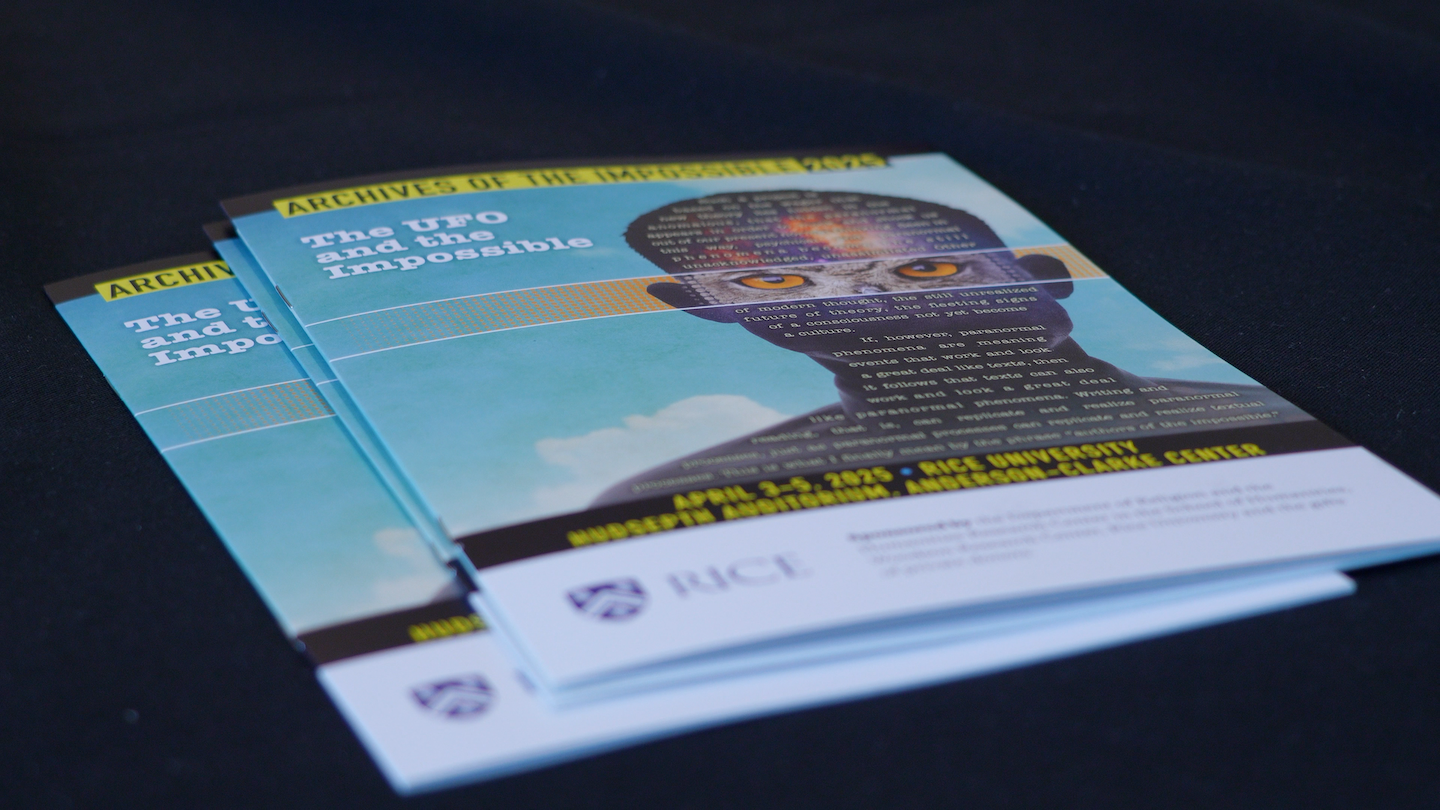
Courtesy of Rice University
How did a university as scientifically prestigious as Rice—a school so closely tied to the Apollo missions, where JFK once told our nation, “We choose to go to the moon in this decade and do the other things, not because they are easy, but because they are hard”—end up hosting a conference on UFOs?
The answer, I found after I took my seat in Hudspeth auditorium, was Dr. Jeffrey Kripal. At the podium, Kripal reminded me of a party magician in a paisley shirt—avuncular and bespectacled. He welcomed the crowd of about three hundred attendees—everyone from physicians and computer engineers to writers and material scientists.
“About seven years ago now,” Kripal said with the warm elocution of a Midwestern minister. “I helped co-create what we eventually called the Archives of the Impossible. Now we call it the Center of the Impossible.” Housed in Rice University’s Fondren Library, the center began as a special collection of archives related to anomalous phenomena—everything from UFO encounters to remote viewing experiments. Kripal first conceived of the archive in 2014. Today, it has evolved into an interdisciplinary research hub that supports serious inquiry into events that challenge conventional scientific understanding. It draws scholars from religion, physics, anthropology, and psychology; and it has grown into one of the most comprehensive academic centers of its kind, containing personal testimonies, government documents, photographs, and the private papers of figures like renowned astronomer and computer scientist Jacques Vallée, bestselling author and abductee memoirist Whitley Strieber, and Harvard psychiatrist and alien encounter researcher John Mack.
While his choice in shirts may have been dramatic, Kripal was understated, downright self-effacing when he described his work to the audience. This man had not simply established an archive or a center of thought at Rice University, he had spent the better part of a decade building something unheard of in modern academia: a full-throated intellectual defense of the weird. Dr. Kripal is pretty much the Father John Misty of religious studies—a provocative and poetic indie voice, blending the mystical with the intellectual, intentionally defying the mainstream while profoundly influencing it at the same time. For example, when he’s not busy penning thoughtfully impossible books about pre-cognitive novelists like Zora Neale Hurston, he’s racking up 335k+ YouTube views being interviewed on the popular Danny Jones Podcast.
That’s what makes Kripal’s work so radical. He’s not just studying the paranormal, he’s undoing the cultural and intellectual damage done by the infamous Condon Report. He’s saying that exploring the anomalous, talking about UFOs and the paranormal isn’t just interesting; it’s intellectually essential because creative thinking and elastic thought are human superpowers; it’s what makes us the apex species.
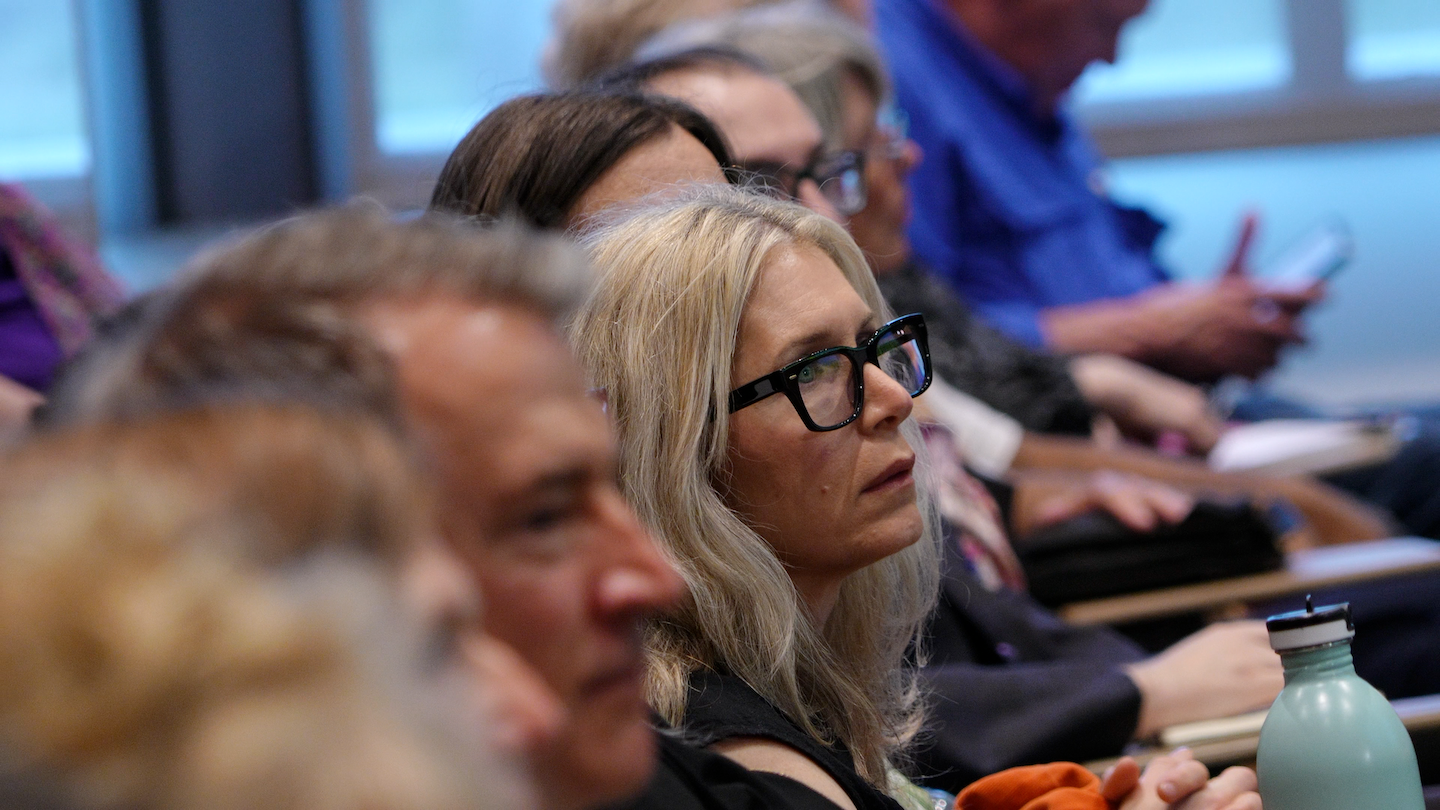
Courtesy of Rice University
Unless you are deep into UFO subReddits, you perhaps don’t know what the Condon Report was or how it shaped America’s disdain and dismissal of the UFO topic. In 1966 the US Air Force commissioned the University of Colorado, under the leadership of physicist Edward Condon, to investigate whether UFOs were worthy of scientific study. The resulting Condon Report didn’t just say that the subject was unworthy of study; Condon and his team destroyed all of the supporting materials—thousands of pages of raw data, witness interviews, radar reports. The fallout in the academy was nuclear. Funding dried up. Researchers stopped asking questions. The topic of UFOs was cast into the wilderness of pseudoscience and conspiracy. To pursue it further was to risk being labeled unserious, unhireable, even unhinged.
The Condon Report has been the unscalable wall that serious UFO researchers have had to climb for more than fifty years. And yet, Jeffrey Kripal and many of his colleagues now seem to be levitating over this barrier, buoyed by a cultural shift so undeniable it borders on the, well, impossible.
The flashpoint? The front page of the New York Times.
On December 16, 2017, Leslie Kean (who was in attendance at Rice), Helene Cooper, and Ralph Blumenthal published a New York Times exposé revealing the Pentagon’s secret Advanced Aerospace Threat Identification Program—AATIP—and a declassified Navy video showing craft pulling off physics-defying maneuvers. That piece didn’t just go viral; it mainstreamed the phenomenon and launched two major disclosure advocates into the newsfeed: Luis Elizondo, the intelligence officer who said he ran AATIP and had just resigned in protest of—as the Times put it—“what he characterized as excessive secrecy and internal opposition,” and Christopher Mellon, former Deputy Assistant Secretary of Defense for Intelligence, who later revealed he’d helped leak the videos. Together, they reframed UFOs as a legitimate national security concern.
Then came 60 Minutes (May 2021), where Commander David Fravor and Lt. Commander Alex Dietrich went public about their 2004 encounter with the “Tic Tac,” a smooth, white, wingless craft capable of dropping from the stratosphere to sea level in an instant. Another pilot, Ryan Graves, noted that UAPs—Unidentified Anomalous Phenomena—were showing up “every day for at least a couple of years.”
In July 2023, Chuck Schumer introduced the UAP Disclosure Act, calling for full declassification and federal control of any recovered non-human tech or life. It even defined “non-human intelligence” in legal terms. Later that month, Congress got serious. Fravor, Graves, and whistleblower David Grusch testified under oath in a hearing to address the implications of UAPs to national security, public safety, and government transparency. Grusch, a decorated intel officer, claimed the US had recovered crashed UAPs—and “non-human biologics.”
In November 2024, another House hearing—titled Exposing the Truth—drew bipartisan attention. Rear Admiral Timothy Gallaudet described a vanishing craft and a mysteriously deleted video. NASA’s Michael Gold raised flags about space treaties. Journalist Michael Shellenberger cited whistleblowers describing covert crash retrievals. And Elizondo returned to say it plainly: UAPs are real—and we’re not the only ones with the tech.
Meanwhile, overseas, even stranger claims were surfacing. Haim Eshed, former head of Israel’s space security program, told an Israeli newspaper in 2020 that contact had already been made with a “Galactic Federation.” Paul Hellyer, Canada’s former Minister of Defense, had been saying for years that multiple alien species were already here, some of them walking among us.
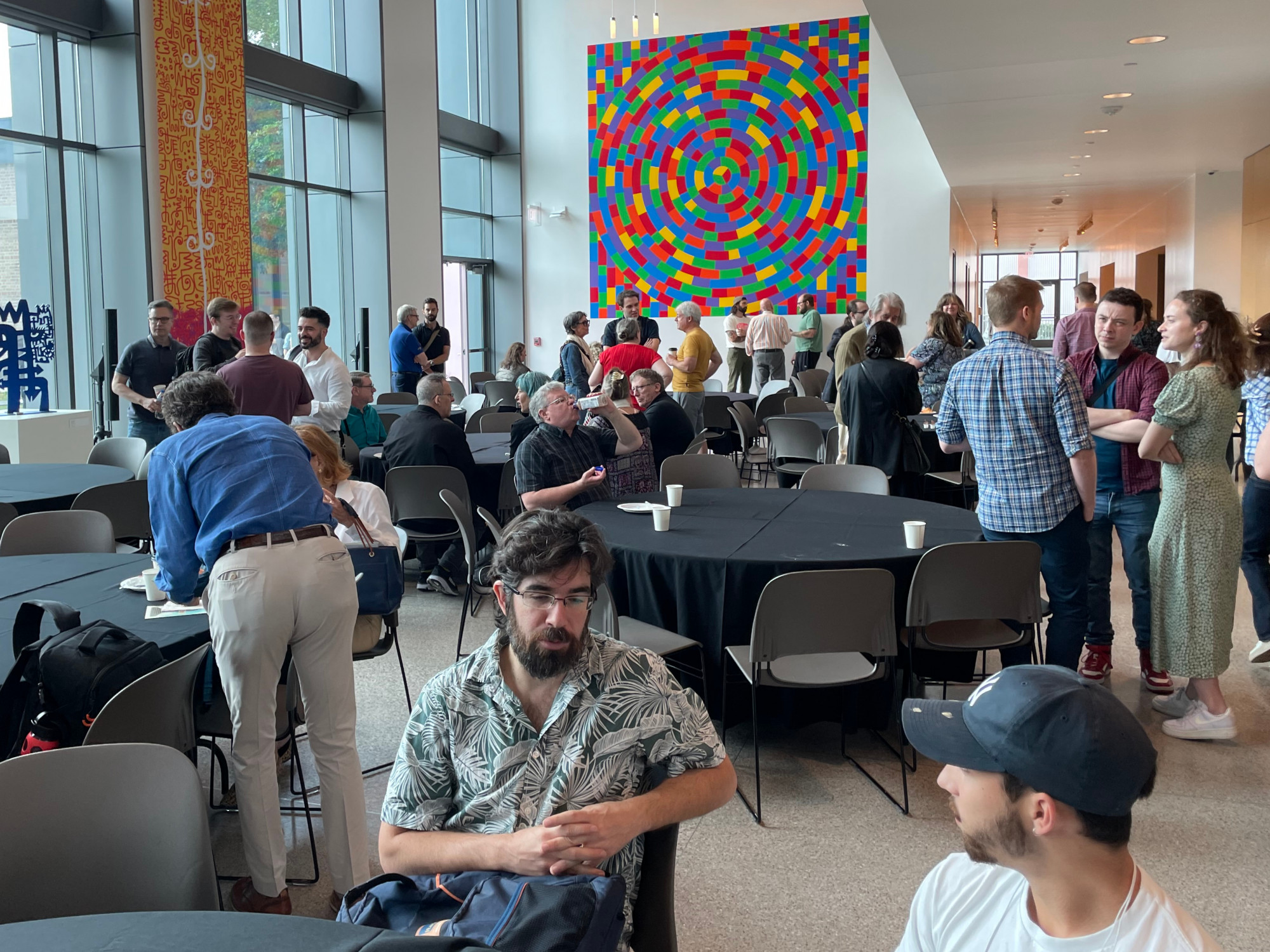
Photo by Will Clarke
All of which brings us back to the 2025 conference at Rice, where the stigmas from the Condon Report had melted away like an ICEE in the Texas sun. That’s because the evidence was no longer anecdotal or anecdotal-adjacent. It was military. It was documented. It was under oath. And as one conference attendee, a psychologist from DC, sipping a Topo Chico, joked to me: “It used to be you were crazy if you believed in UFOs. Now you’re sort of crazy if you don’t.”
Another attendee, Stephanie, a computer programmer from Houston, put it best: “I got into this during the pandemic. Through all the podcasts and stuff. And now I follow all these people like they’re, you know, celebrities.”
“I’m the same way,” I said. “So weird seeing Whitley Strieber and Leslie Kean just walking around.”
“Leslie and Whitley are here?” Stephanie asked.
“I literally just saw them,” I pointed toward the auditorium doors.
“Wow,” she nodded
Wow, indeed. This conference was full of the “UFO famous” like Kean and Strieber. In fact, it kicked off with a heavyweight one-two punch. First, Jeffrey Kripal welcomed to the stage his co-convener and fellow UAP rockstar, Dr. Diana Walsh Pasulka, author of American Cosmic: UFOs, Religion, Technology. Her book chronicles her transformation from skeptical religious scholar to someone seriously rethinking the nature of reality after visiting alleged UFO crash sites with Stanford’s Dr. Garry Nolan and a mysterious government contractor she refers to only as “Tyler.”
Pasulka argues that UFOs aren’t new—they’re just newly named. Long before we had acronyms like UAP or offices in the Pentagon, people were witnessing strange things in the sky and giving them names that fit the times. What was Ezekiel’s fiery wheel, if not an early encounter? What is a Marian apparition, if not a close contact of the Catholic kind? The phenomenon has always been with us—it just shapeshifts with our language, our fears, and our faith.
Pasulka was followed by Nolan himself, who, in addition to taking UFO road trips with “Tyler,” juggles world-class immunology research at Stanford with running the Sol Foundation, a think tank focused on UAPs. Next came retired Rear Admiral Timothy Gallaudet, who testified in the 2024 congressional hearing on UAPs and nonhuman intelligence, and who delivered a compelling talk about the anomalous phenomenon he has tracked underwater. UAPs aren’t necessarily coming from outer space, but perhaps from inside our oceans.
And that was just Thursday afternoon.
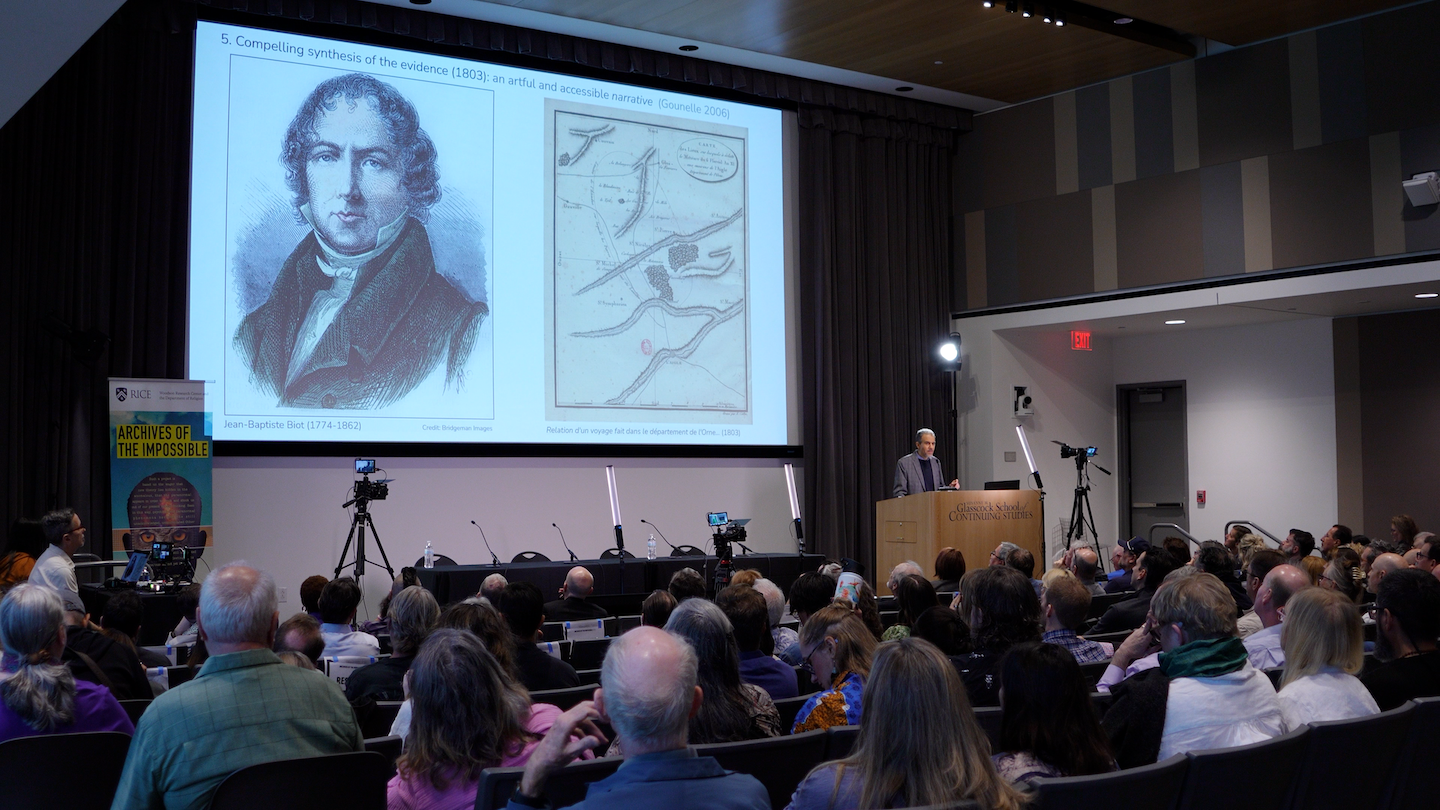
Dr. Wesley Andres Watters, Courtesy of Rice University
Friday and Saturday didn’t let up. Astronomer Dr. Wes Watters, physicist Dr. Kevin Knuth, and anthropologist Dr. Peter Skafish attacked the topic from their respective disciplines. There were panels on ethics, ontology, owls, remote viewers, and experiencer narratives moderated by scholars like Kimberly Engels and Karin Austin, the latter of whom is overseeing AI-driven analysis of the John Mack and Whitley Strieber archives. If you weren’t rethinking your place in the universe by the end of these talks, you either weren’t paying attention—or you had fallen asleep like I had.
Because, you know, PowerPoint.
Ironically enough, the most revealing moment of the conference for me didn’t come from a dramatic keynote or an abductee testimony. It came from two of the driest PowerPoint slides ever projected—courtesy of Retired Colonel Karl Nell, a career Army intelligence officer and Pentagon UAP advisor who has, by all accounts, been in the room where it happens when it comes to UFOs (and probably still is).
Slide One: a five-phase disclosure timeline, starting with “Prove UAPs exist” in 2024 and ending with “Engage with Non-Human Intelligence” sometime after 2034. It looked like something you’d see at a quarterly strategy meeting—except the objective wasn’t optimizing inventory or rolling out a new app. It was preparing the human race for contact with something that might not even have lungs, language, or linear time.
And here’s the thing: you don’t build a twenty-year roadmap to reveal something that doesn’t worry you, or that you don’t already believe is real. Yet here was a Retired United States colonel—a man with clearance, pedigree, and an immaculate side part—standing in front of an academic audience with a clicker in hand, calmly walking us through a public acclimation strategy for a reality-shattering truth: we are not alone.
The timeline wasn’t sensational. That’s what made it alarming. It was color-coded. Bullet-pointed. Executable. It assumed existence. It presumed contact. It mapped out when we’d learn—not if.
Slide Two: a grid of “93 Origin Hypotheses,” each one more reality-dissolving than the last. Sure, the top rows listed familiar culprits: foreign tech, atmospheric phenomena. But as my eyes drifted south, I passed through simulation theory, cryptoterrestrial, stranded “gods,” dimensional overlap, time travelers, and finally—demonic forces.
Colonel Nell didn’t flinch. He didn’t wink. He simply explained that these are the models being considered. This is what’s on the table. This is the framework being used to understand the phenomenon.
What Nell showed wasn’t speculative—it was procedural. The military industrial complex wasn’t debating if something was here. It was building frameworks for how the rest of us would emotionally metabolize that fact—and how to avoid what he called “catastrophic disclosure.”
The Colonel’s slides were methodical and profoundly bureaucratic. The Pentagon and their agencies and contractors didn’t know what this UAP phenomena was any more than I did—otherwise, they wouldn’t have needed ninety-three guesses.
So for me, the more urgent question isn’t what is flying around out there. It’s: Which of those “93 Hypotheses” wants to screw with our nuclear missile silos?
Because that scenario is not theoretical. It’s documented. Former officers have recounted the exact moment a glowing object allegedly hovered over Malmstrom Air Force Base and knocked ten ICBMs offline. That event mirrored reported incidents in the former Soviet Union—only there, the warheads allegedly turned on.
“The UFO and The Impossible” are not just interesting topics—they’re essential questions, central to understanding humanity’s place in the universe and, perhaps, to survival itself. Yet for decades, the Condon Report helped push these inquiries to the fringe, effectively banishing them from serious academic and governmental consideration.
That is, until now.
Events like “The Archives of The Impossible” offer the necessary space for researchers, officers, doctors, and programmers like Stephanie to compare notes, share stories, and begin to quietly, collectively reckon with a universe perhaps far stranger than ever imagined.
Because if this is real—any of it—then the moment has come for an ontological course correction. One where the question isn’t “Do you believe in UFOs?” but “Why isn’t everyone talking about this more?”




